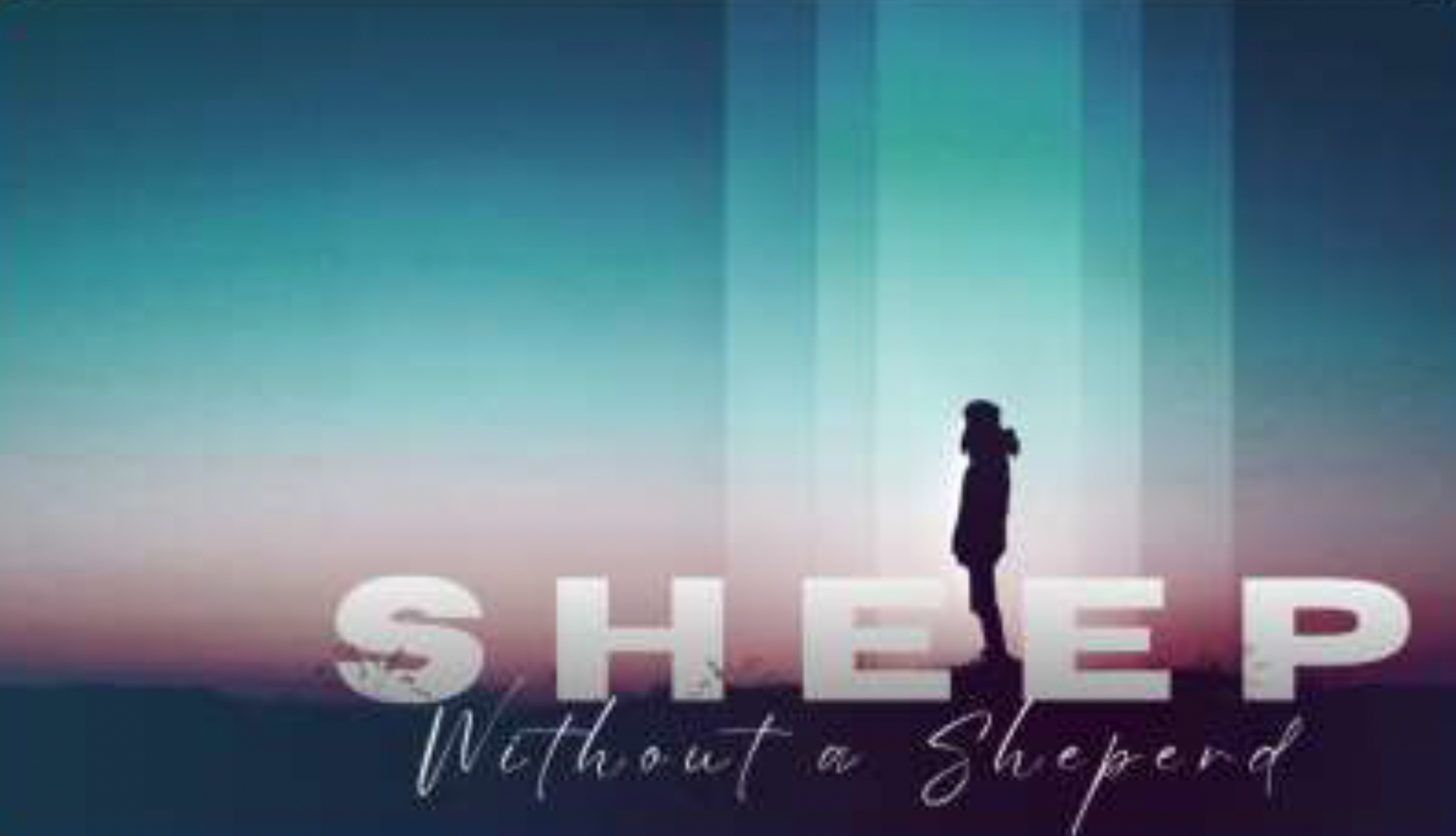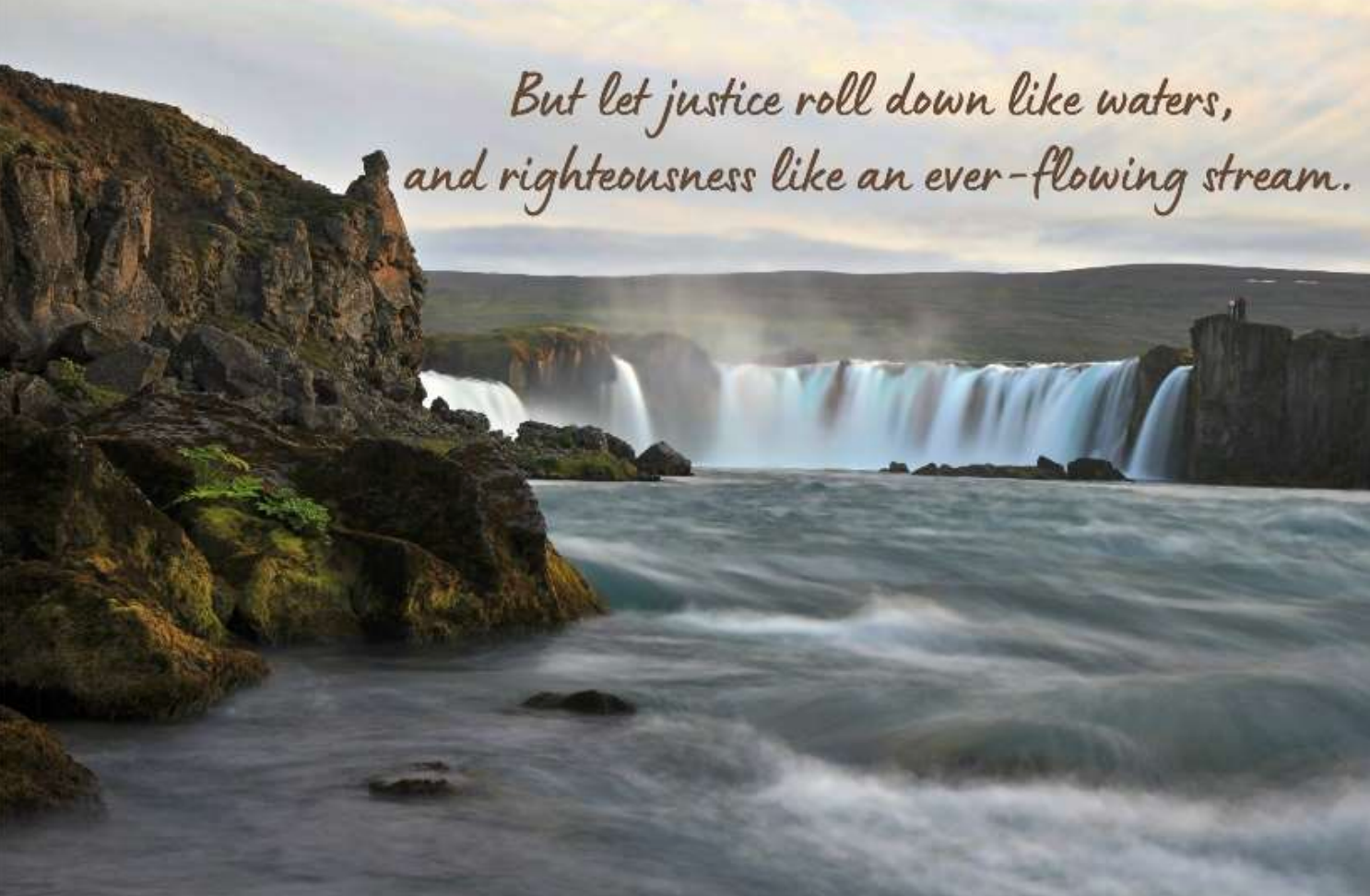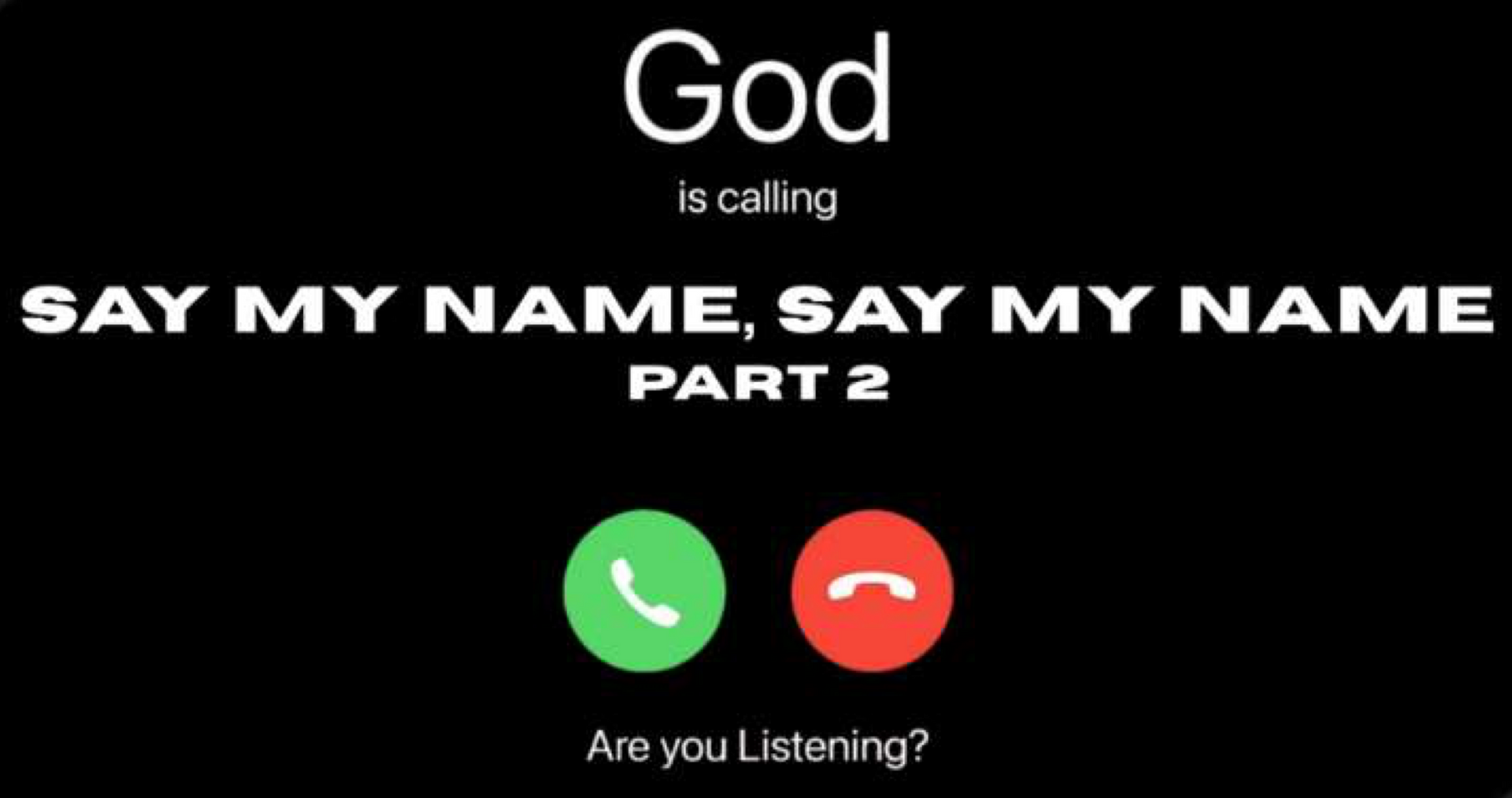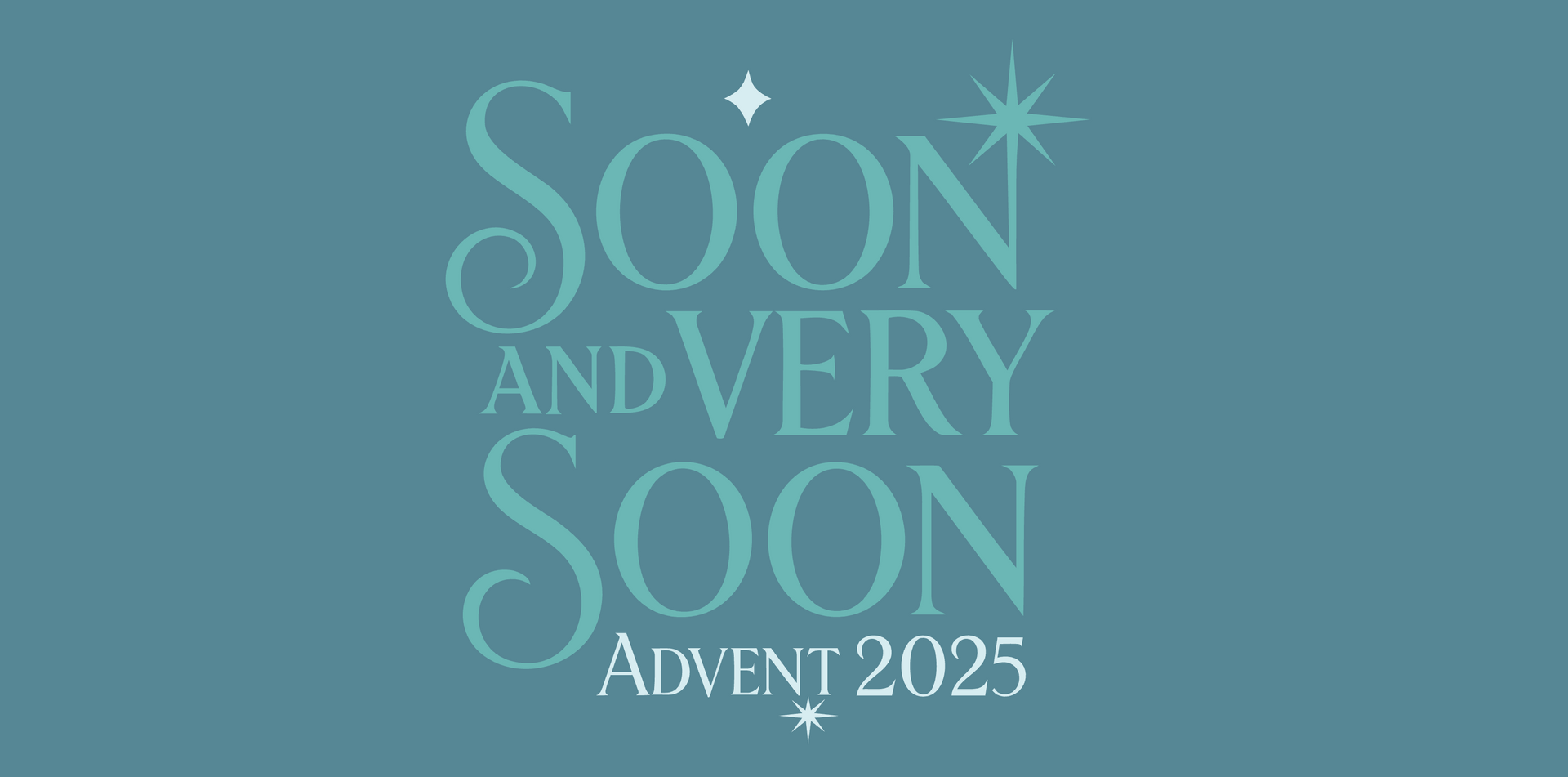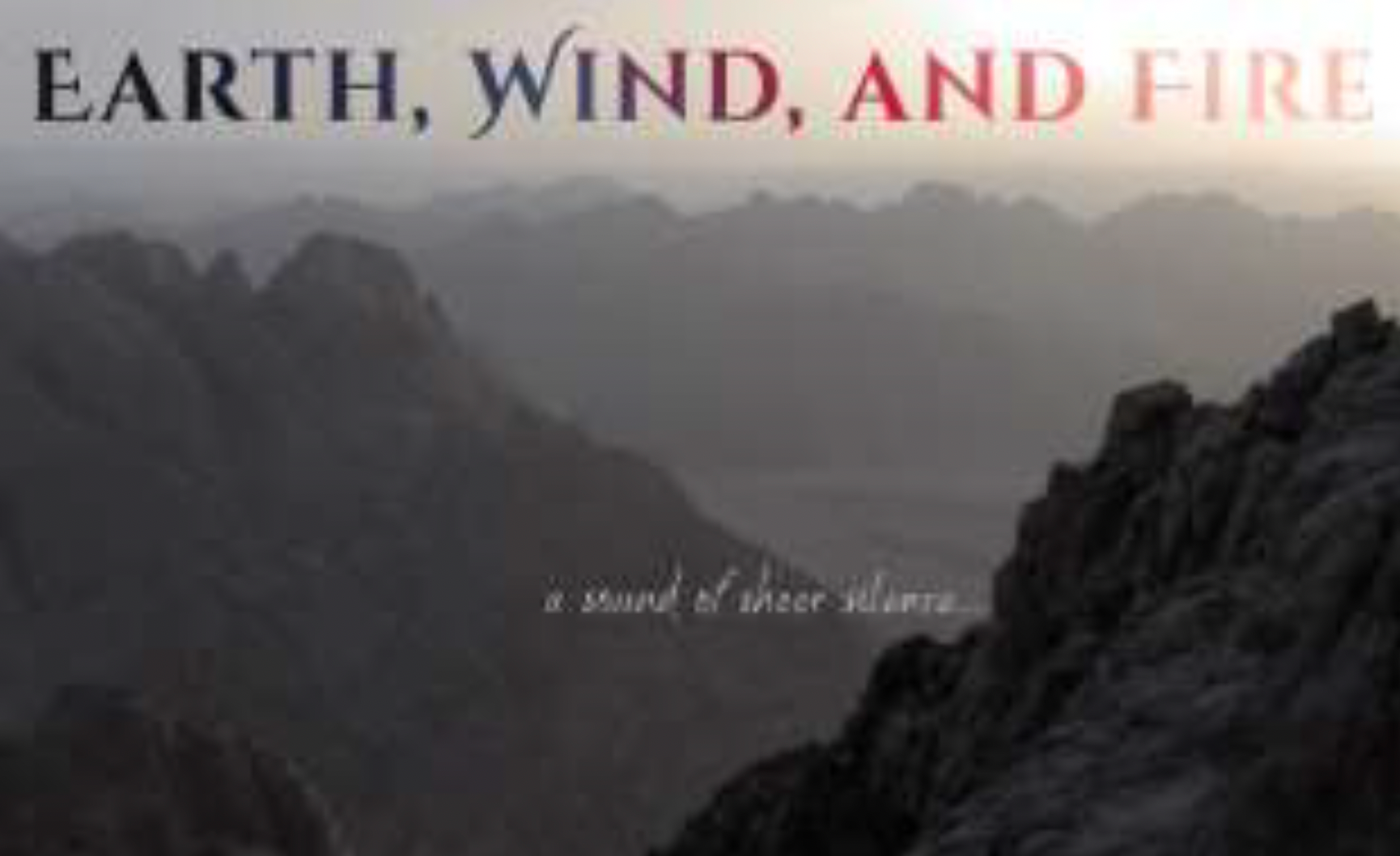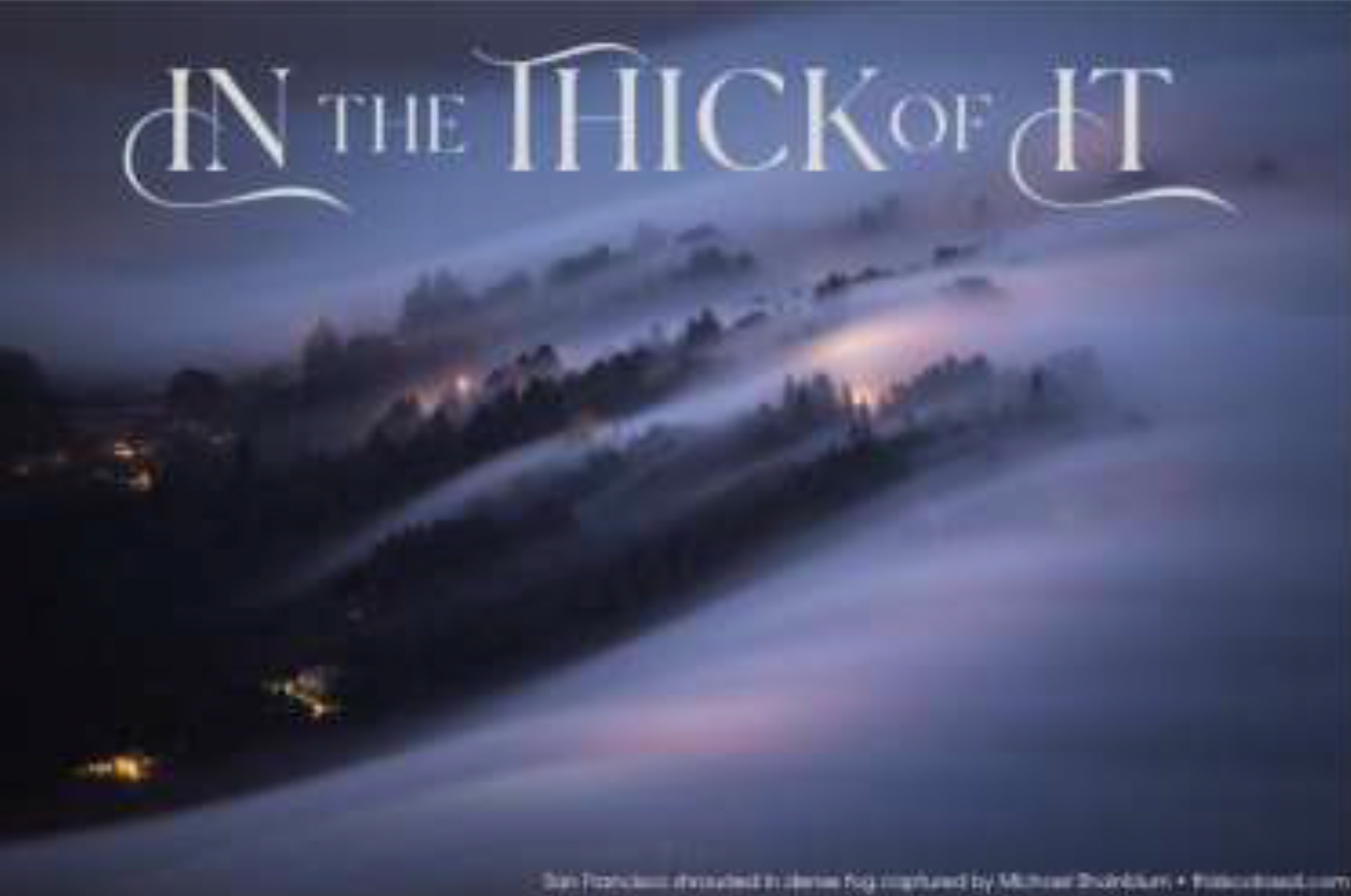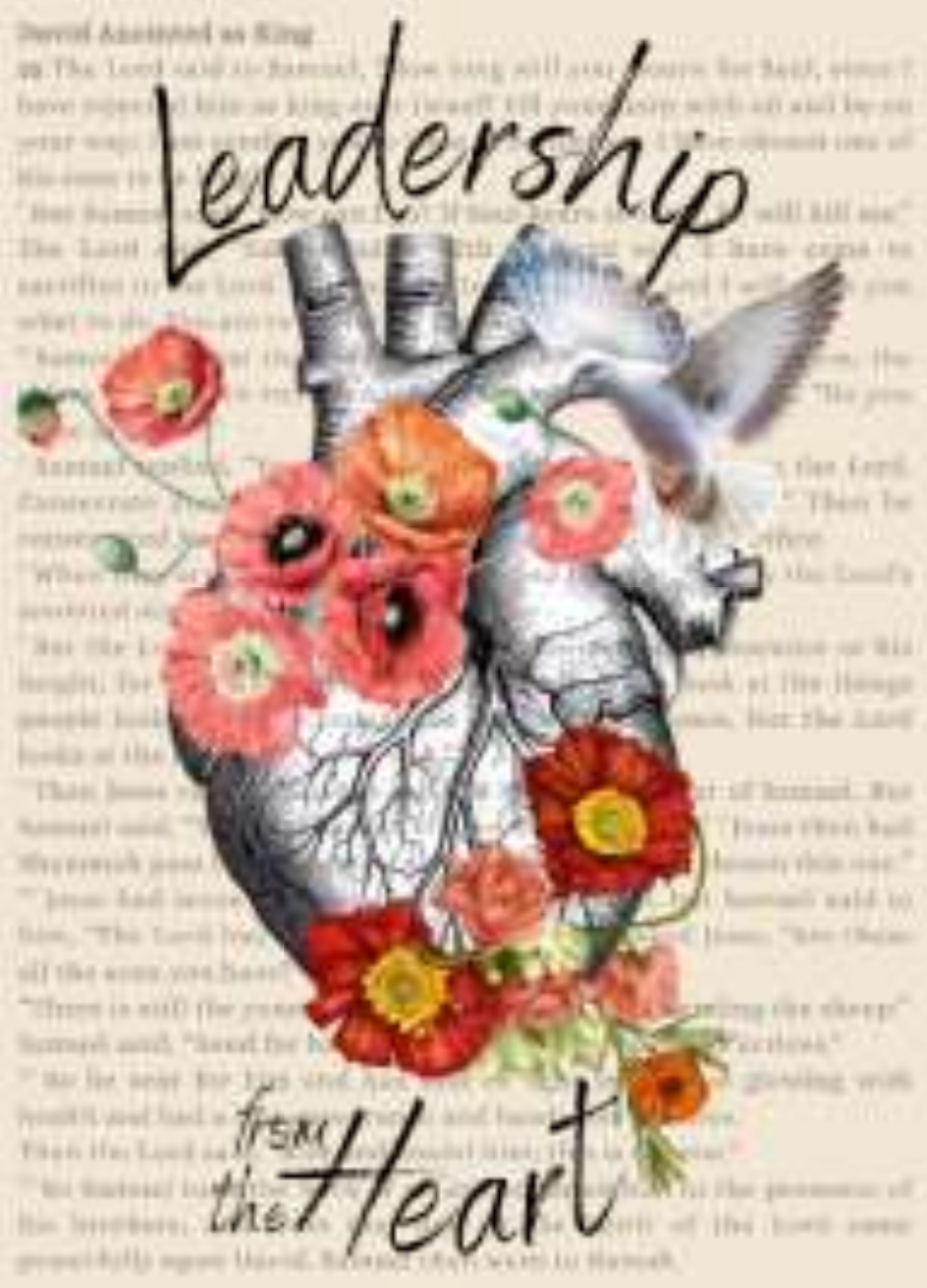Sermon 03.24.2024: Palm Sunday - A Nonviolent Peaceful Protest
The events of Palm Sunday flew in the face of all that seemed civil and polite for an occupied state of the Roman Empire. How dare this Jesus and his common followers mock the imperial parade celebrating the power and plunders of war? Who was this Jesus that compelled the people to wave palms and throw their cloaks on the ground in welcome? Join us on Sunday as wave our palms, sing our hosanna, and meet this Jesus who comes riding on a colt.
Scripture
Mark 11:1-11; 14:3-9
Jesus’ Triumphal Entry into Jerusalem
When they were approaching Jerusalem, at Bethphage and Bethany, near the Mount of Olives, he sent two of his disciples and said to them, ‘Go into the village ahead of you, and immediately as you enter it, you will find tied there a colt that has never been ridden; untie it and bring it. If anyone says to you, “Why are you doing this?” just say this, “The Lord needs it and will send it back here immediately.” ’ They went away and found a colt tied near a door, outside in the street. As they were untying it, some of the bystanders said to them, ‘What are you doing, untying the colt?’ They told them what Jesus had said; and they allowed them to take it. Then they brought the colt to Jesus and threw their cloaks on it; and he sat on it. Many people spread their cloaks on the road, and others spread leafy branches that they had cut in the fields. Then those who went ahead and those who followed were shouting,
‘Hosanna!
Blessed is the one who comes in the name of the Lord!
Blessed is the coming kingdom of our ancestor David!
Hosanna in the highest heaven!’
Then he entered Jerusalem and went into the temple; and when he had looked around at everything, as it was already late, he went out to Bethany with the twelve.
The Anointing at Bethany
While he was at Bethany in the house of Simon the leper, as he sat at the table, a woman came with an alabaster jar of very costly ointment of nard, and she broke open the jar and poured the ointment on his head. But some were there who said to one another in anger, ‘Why was the ointment wasted in this way? For this ointment could have been sold for more than three hundred denarii, and the money given to the poor.’ And they scolded her. But Jesus said, ‘Let her alone; why do you trouble her? She has performed a good service for me. For you always have the poor with you, and you can show kindness to them whenever you wish; but you will not always have me. She has done what she could; she has anointed my body beforehand for its burial. Truly I tell you, wherever the good news is proclaimed in the whole world, what she has done will be told in remembrance of her.’
Sermon Text
Aesop's Fables were written and recorded to teach children life lessons and morals. One of the stories I
remember well from my own childhood is the story of “The Sun and the Wind.” It goes like this:
The Sun and the Wind were disputing which one was stronger and more powerful. So when they saw
a traveler coming down the road, the Sun said: "I see a way to decide our dispute. Whichever of us
can cause that traveler to take off their cloak shall be regarded as the most powerful. You begin."
So the Sun retired behind a cloud, and the Wind began to blow as hard as it could upon the
traveler. But the harder he blew the more closely did the traveler wrap their cloak around them, until
at last the Wind gave up in despair.
Then, the Sun came out and shone brightly upon the traveler; its rays growing warmer and warmer.
Soon, the traveler found it too hot to walk with their cloak on, so they took it off before continuing
their journey.
In this story, the Sun’s kind and gentle persuasion triumphs over the force and bluster of the wind. Not
only are the sun’s antics kinder, but it has more impact, getting results in ways that the wind could not.
Even as a preschooler, I realized that I am more like the Wind than the Sun.
And that’s why this story has stayed with me all these years. I imagine I’m not alone. In fact,
Madeleine L’Engle reminds all Christians in her book Walking on Water: “We draw people to Christ not by loudly discrediting what they believe, by telling them how wrong they are and how right we are, but by showing them a light that is so lovely that they want with all their hearts to know the source of it.”
Brute force versus a kind and loving light.
As we enter Holy Week, it makes me think about this counter-cultural rebel named Jesus, who
changed the world, not by might, not by power, but by his spirit of humility, love, and peace which were at direct odds with the values of the Roman Empire.
And while it is a bit of a stretch to say that the Roman Empire is like the Wind in the fable, and Jesus
and his followers like the Sun, the way they approach how to change and shape humanity do seem to take on similarly distinct patterns. And it no more pronounced than on Palm Sunday.
So what is Palm Sunday? Well, on this day, about 2000 years ago, Jerusalem was preparing for the
influx of visitors coming to the Temple for the high holy days.
And Rome, Israel’s foreign occupiers, were beefing up security. As Passover approached, Pontius
Pilate, the Roman governor of Judea and Samaria, made it a point to enter the city from the west, as the grand marshal of an imperial procession which included Roman war horses, weapons, and soldiers.
It would remind everyone who lived there and everyone who was visiting, who was actually in charge. It wasn’t the Temple priests or the Palestinian Jews; it was Rome and its powerful military.
As Marcus Borg and John Dominic Crossan tell us:
“It was standard practice of the Roman governors of Judea to be in Jerusalem for the major Jewish
festivals. They did so not out of empathetic reverence for the religious devotion of their Jewish
subjects, but to be in the city in case there was trouble. [And] there often was, especially at
Passover, a festival that celebrated the Jewish people’s liberation from an earlier empire.” [1]
That would be Egypt.
Jesus and his disciples would have witnessed this show of Roman force and military might that
happened every year on the Sunday before Passover. So Jesus knew what was happening on the west side of the city when he entered that very same city, on that very same day, from the eastern gate.
But Jesus doesn’t come with weapons or a military or a cavalry. Instead, he rides in on a colt, according to Mark, as people throw their cloaks on the ground to welcome him.
Last week, Marci shared with us how a coat and a cloak were often the only two articles of clothing
most people owned in this day. So to throw your cloak down, only for a young, miniature horse carrying
Jesus to then trample on it was quite the sacrificial welcome.
This was a peasant procession, including some who were on the very margins of society. And as Borg
asserts from his reading of Mark’s gospel, it is a prearranged “counter-procession” which Jesus has planned in advance.
He writes: “Jesus’s procession deliberately countered what was happening on the other side of the
city. Pilate’s procession embodied the power, glory, and violence of the empire that ruled the world. Jesus’s procession embodied an alternative vision, the kingdom of God.”[2]
Palm Sunday, then, was a nonviolent, peaceful protest of the domination system that occupied
Palestine.
Had the two processionals come head to head, the hosannas would have been drowned out. And
come Thursday and Friday, they do just that. But on this day, the people recognize what will actually save them, which is what hosanna means—“save us, save us now.”
Rome ran on fear and called it Pax Romana, Roman Peace. But God’s kingdom that Jesus built runs
on love. And perfect love casts out fear,[3] allowing for a world where true peace and justice can reign.
The truth about violence as a means to peace and oppression as a means to power, is that it won’t
last; it can’t. It might work as a quick fix for the time being, but it is, at its core, a faulty solution.
And Jesus, on this Palm Sunday, exposes Rome’s domination system for what it actually is: a farce,
fallible, and fear-based.
For us today, to celebrate Palm Sunday, to wave our palms, and cast our cloaks to welcome Jesus,
means that we, too, will not settle for false pretenses. Instead, we will shout hosanna to the one who can actually save us.
It means that we are committed to plant peace in order for us to live in peace. And we must resist
systems of dominance and violence that we are all too often resigned to accept as the natural way of life.
And I get it. People are violent. We rely much too heavily on weapons and militaries to keep us safe and, quite frankly, to keep us rich.
Wars and conflicts and genocide seem to happen way too often throughout human history and are
happening even today.
But as followers of Jesus, we know that that’s not the only way. And Palm Sunday is one example of
this.
So is the Rev. Dr. Martin Luther King, Jr. who raised his metaphorical palms and shouted hosanna
when he marched arm in arm with others across the Edmund Pettus Bridge, calling, nonviolently, for civil rights.
So is Cesar Chavez and Dolores Huerta and Larry Itliong, who advocated for the rights of farm
workers through strikes and fasts. Chavez was committed to nonviolence stating: “Non-violence is not
inaction. It is not discussion. It is not for the timid or weak … Nonviolence is hard work. It is the willingness to sacrifice. It is the patience to win.”
This past week, I participated in a small gathering of Christians asking that our tax dollars be spent on
feeding the people instead of the war machine, particularly as tax dollars are funneled through the state of Israel as it attacks and starves the people in Gaza.
I did nothing to organize or lead it. I just showed up with a sign. And it was a small action: we sang
songs and shared baked goods with people passing by.
In fact, on Saturday, there was a much bigger action and march across the Bay Area which I didn’t
participate in.
But whenever I attend something like this, I often wonder, “Does it make a difference?” And I don’t
know. Neither Senator Alex Padilla nor anyone from his staff came down to speak with us. Very few people walking by chose to take the baked goods we shared which were free!
But, maybe it did and maybe it will.
Because I wonder if the people who showed up on that first Palm Sunday think it made a difference
on the Roman Empire? After all, forty years later, in 70 CE, that very same empire would be going strong and then actually destroys the Temple and loots its sacred contents. That would have felt like the ultimate defeat for Palestinian Jews as their holy place is ransacked and demolished.
So, I imagine many of them felt like that Palm Processional welcoming Jesus didn’t make much of a
difference at all. But here we are, 2000 years later, waving our palms like they did; shouting hosanna like they did, proving that the nonviolent, peaceful protest they began in Jerusalem, continues to have an impact today.
The messiah that the people awaited was thought to be one who would bring about regime
change, a political overthrow of those in power, and a return of the Jewish monarchy. But Jesus brought a more lasting, a more enduring, and deeper change, a true transformation of our very nature, so that we might live and flourish as God intended.
No more quick or easy fixes that rely on fear, violence, or the subjugation of others. No more ignoring
the root of the problem or relying on blind optimism or cultural propriety to get us through.
Jesus unmasked it all.
The second part of our scripture lesson from Mark tells the story of a woman who comes to anoint
Jesus’s head and feet with the costly nard in her alabaster jar. Those witnessing this, clutch their pearls in horror.
“What a waste!” they think. “What a misuse of resources!” they exclaim.
But Jesus sees through their indignation; it’s not about helping the poor they’re worried about.
They’re just taken aback and affronted by the bold actions of this woman who was willing to make a
statement about the true nature of Christ.
What the woman did for Jesus seemed outrageous. But it was a statement that Jesus is the true
messiah, the anointed one, and through him, we would bring about true peace through justice.
Sometimes, we just need to make a statement with our lives, with our resources, and with our voices.
Because that statement, or that march, or that small gathering outside powerful buildings, or that
pilgrimage to learn and witness the damage of a domination system, or that donation you make,
is our resistance, and it is a form of prayer.
Palm Sunday teaches us, that resistance matters. It has an impact; it creates change. And the power
of protest is central to every liberation movement.
The Greek word that so many English Bibles translate as “save,” is sozo. And it actually doesn’t mean
to just to save, as in save our souls. It means to liberate, to heal, to rescue and keep from harm.
So wherever you read in scripture that “Jesus saves;” the gospel writers also meant Jesus liberates and sets us free.
When all seems lost to the powers that be, when all seems overrun with violence and shows of force,
there is another way.
Palm Sunday began the week that would change the course of human history forever.
Rome, death, violence do not have the final word – we know this. And we can participate in a new
creation whenever we resist these systems like Jesus did.
So raise your palms. Shout your hosannas. And protest the systems of domination and war who have
already lost their battle for humanity.
Jesus, the prince of peace who comes humbly, riding on a colt, will indeed save us and answer our
cries for “hosanna!” save us.
Thanks be to God, Amen.
1 Borg, Marcus J. and John Dominic Crossan. The Lask Week: What the Gospels Really Teach About Jesus’s Final days in Jerusalem. Harper One, New York, 2006.
2 Ibid.
3 I John 4:18

